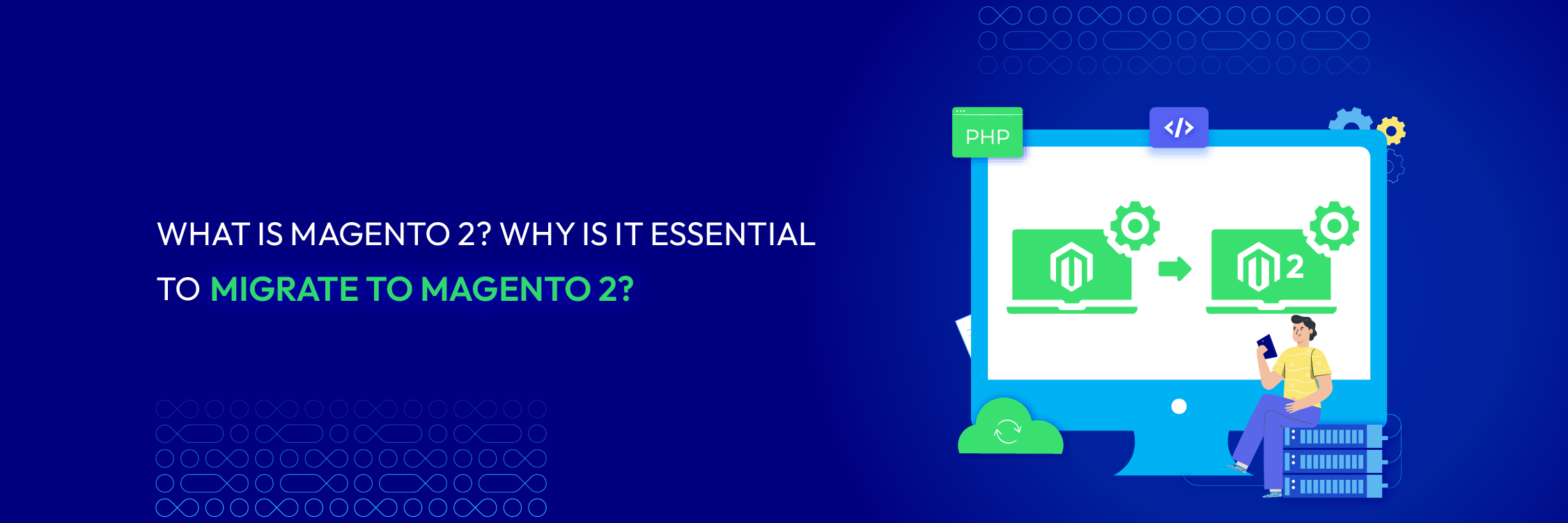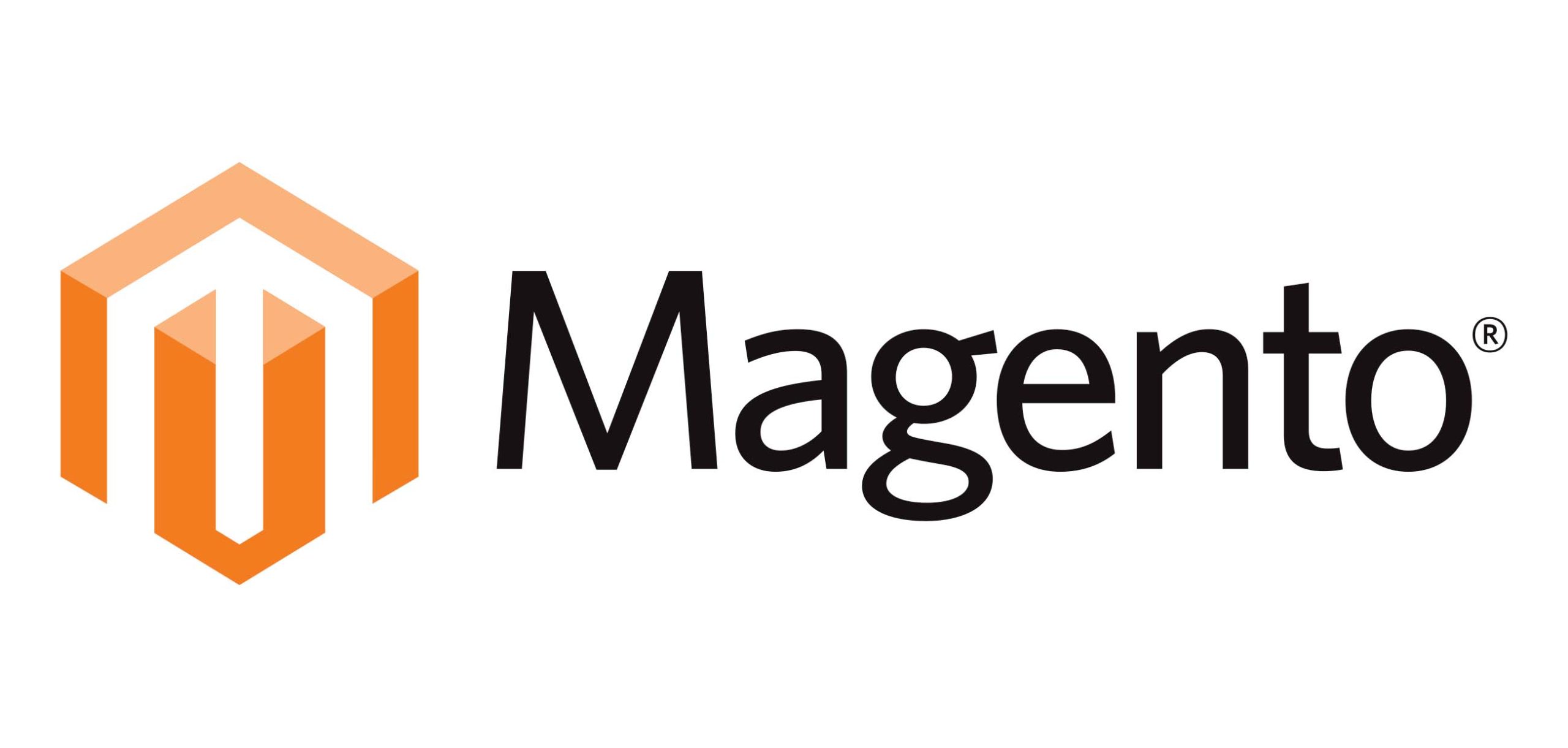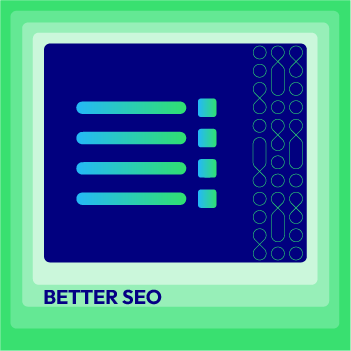What is Magento 2? Why Is It Essential To Migrate To Magento 2?

In the world of e-commerce, having a reliable and feature-rich platform is crucial for the success of any online business. Initially released in March of 2008, Magento has emerged as a leading solution, providing businesses with a powerful and flexible platform to build and manage their online stores. Then, in 2015, Magento announced the release of Magento 2.x and officially stopped supporting the first version in June 2020.
That event has created numerous discussions about related topics, such as “ What is Magento 2?”, “Why should we move to Magento 2”, “How to use Magento 2?” or “How does Magento 2 improve?”. As a result, in this article, Mageplaza would like to thoroughly explore what Magento 2 is and figure out the reasons why it is imperative for businesses to migrate.
No matter who you are: a newbie in the e-commerce field, an owner of a business on another platform, or even your store is still on Magento 1, and you are considering migrating to a new one, this post is written for you!
What is Magento 2?
As mentioned above, Magento 2 is the next generation of the popular open-source e-commerce platform, Magento. It was released in 2015 by Adobe as an improved and modernized version of its predecessor. Magento 2 offers enhanced performance, scalability, and a range of new features that empower online businesses to deliver exceptional customer experiences. If you’re planning to start fresh, here’s a simple guide on how to build a Magento website.

Besides, Magento 2 also introduces a modular architecture that allows for easier customization and extension development, giving businesses the flexibility to tailor their online stores to meet their specific needs. That makes it become a prioritized choice for businesses of all sizes, from little startups to big enterprises.
Recently, with more than 300 high-quality repairs and additions, the newest version of Magento, 2.4.6, which was launched on March 25, 2023, is regarded as the most innovative version.
Let’s think about the good and bad points of the platform. This will help you decide if Magento is the right choice for your online store. We’ll talk about the upsides and downsides of Magento 2, since it’s the current version that’s recommended.
Pros:
- Highly scalable, capable of handling large volumes of traffic and products
- Offer extensive customization options
- Come with performance enhancements, including full-page caching and support for technologies
- Include responsive design themes and mobile optimization features, ensuring a seamless shopping experience across devices
- Incorporates SEO best practices, such as customizable URLs, meta tags, and sitemap
Cons:
- Expensive to purchase
- Usually offer paid customer support
- can be complex to set up and manage
- May require more server resources compared to other platforms, leading to higher hosting costs.
Read more:
Why Is It Essential to Migrate to Magento 2?
So, we have given you some basic information to answer the question “What is Magento 2?”, how about Magento 2 migration?
Migrating to Magento 2 is not just a choice but a necessity for online businesses looking to stay competitive in the ever-evolving e-commerce landscape. Here are several compelling reasons.
An upgraded technological stack
This is the main factor influencing Magento 2’s quick uptake. Magento 2 utilizes the latest technologies and frameworks, such as PHP 7, HTML5, CSS3, and MySQL 5.7. These advancements offer improved security, performance, and scalability compared to Magento 1. Migrating to Magento 2 ensures that your online store runs on a robust and future-proof technology foundation.
Flexibility and Customization
Magento 2 introduces a modular architecture that provides greater flexibility and customization options. It allows online store owners to easily customize and extend their online stores according to their specific requirements. This flexibility enables seamless integration of third-party extensions, facilitates future scalability, and ensures that your store can adapt to changing business needs.
Analytics and Reporting
Besides, Magento 2 also comes with advanced analytics and reporting capabilities, allowing business owners to gain valuable insights into their customers’ behaviour, sale performance, and overall store performance. This improved reporting feature enables data-driven decision-making and helps to identify growth opportunities.
Friendly SEO (Search Engine Optimization)
Better SEO is considered an element in creating more conversions and, of course, revenue. So, it directly affects doing online business. In the past, because Magento 1 lacked specialized SEO-related features, website owners had to rely on third-party extensions.
Fortunately, Magento 2 is designed with search engine optimization in mind. It offers built-in SEO features such as search engine-friendly URLs, meta tags, sitemaps, and canonical tags. The platform also supports integration with famous SEO tools and extensions, helping businesses improve their search engine rankings and attract more organic traffic to their online stores.
Enhanced Shopping Experience
The Customer shopping experience is essential to a company’s long-term prosperity. The more great experience you bring, the more loyal and purchase customers give back to your store. Therefore, Magento 2 focuses on delivering an exceptional shopping experience to customers with these significant innovations:
-
User-friendly checkout: Magento 2 offers a streamlined and user-friendly checkout experience, reducing cart abandonment rates and simplifying the path to purchase. The platform provides a one-page checkout option, allowing customers to view and edit their order details, select shipping and payment methods, and complete the purchase in a single step. By minimizing the number of clicks and simplifying the checkout process, Magento 2 enhances convenience and reduces friction, resulting in higher conversion rates and increased customer satisfaction.
-
Responsive Design: Whether customers are browsing on a desktop computer, a smartphone, or a tablet, the responsive design of Magento 2 ensures that the website layout, images, and content are optimized for the best viewing experience. By embracing responsive design, Magento 2 enables businesses to reach a broader audience and deliver a consistent shopping experience across devices.
-
Admin Interface: The new improved admin interface enhances the usability and efficiency of managing an online store. It is designed with a user-centric approach, offering a more intuitive and organized layout. The navigation is simplified, making it easier for administrators to find and access various settings and features. The interface is also customizable, allowing administrators to personalize the dashboard and prioritize the information and tasks that are most relevant to their business. Thanks to these features, you can manage products, orders, customers, and other aspects of the online store in a more efficient and time-saving way.
Customer Accounts
Along with the better shopping experience, Magento 2 also supports a seamless and easy-to-use customer account management system. It allows customers to create accounts, save their personal information, track orders, and manage their wishlists. The platform also supports guest checkout, enabling customers to make purchases without creating an account. By providing a smooth and personalized experience, Magento 2 helps businesses build strong customer relationships and drive repeat purchases.
Better Caching Capabilities
Magento 2 offers superior caching capabilities compared to its predecessor, Magento 1, by introducing full-page caching, Varnish Cache support, improved block caching, and native integration with Redis and Memcached. Full-page caching reduces server processing time by caching entire pages as HTML files, while Varnish Cache accelerates HTTP responses by serving cached content directly to users. Improved block caching allows for more granular control over caching at the block level, optimizing performance for specific parts of the page. Additionally, Magento 2 employs various caching strategies, including browser caching and CDN caching, to minimize data transfer and enhance overall site performance. These caching enhancements result in faster page load times, improved scalability, and a smoother user experience for e-commerce stores powered by Magento 2.
Integration of Third-Party Extensions
When your customer base grows, it is necessary to install more tools and software solutions to handle your enormous clientele. Recognizing that, Magento 2 upgraded a more seamless integration framework that makes it easy to connect with third-party extensions, modules, and services. The platform offers a robust API and supports popular integrations with payment gateways, shopping providers, ERP systems, and so on. By utilizing this, businesses can leverage additional functionalities and services to enhance their online stores.
Improved Testing Capabilities
With Magento 2, before uploading the final modifications, developers can automatically test their code to ensure the quality of online stores. The testing framework coming with Magento 2 includes the following tests: Integration Test, JavaScript Unit Test, Performance Test, Unit Test, Migration Test, and Static Test. The improved testing capabilities help businesses deliver a stable and error-free shopping experience to their customers.
Unrivaled Performance
One of the significant advantages of Magento 2 is its superior performance. The platform is optimized for handling high volumes of traffic and large catalogs. It utilizes advanced caching mechanisms, improves database performance, and reduces server load, resulting in faster page load times and improved overall performance. This is particularly crucial in today’s fast-paced online environment, where slow-loading websites can lead to higher bounce rates and lost sales.
Steamlined Site Management
Previously, Magento 1’s site management was not highly appreciated because of its cluttered and difficult-to-navigate admin panel. However, in the new version, Magento has minimized this limitation with a more intuitive and user-friendly admin panel, making site management tasks more accessible and more efficient:
-
The Magento 2 admin interface is designed to cut down on the amount of time needed to set up and administer the business. It is straightforward, user-friendly, and simple to learn.
-
The drag-and-drop layout modification tool allows store owners easily changes the store look without coding knowledge.
-
To increase productivity, you can freely customize your store’s dashboard to provide immediate access to information based on your needs. As a result, orders, client information, and product management are now simpler than ever.
-
Every detail is listed in the new Magento 2 dashboard, such as average orders, recent orders, new others, and other data like bestsellers, top searched keywords, income tax, and more.
Magento 2 Migration Process
We have gone through significant innovations that make Magento 2 become an ideal platform for e-commerce stores. So, how to use Magento 2?
First of all, you have to complete the Magento 2 migration process.
Magento 2 migration refers to the process of upgrading an existing e-commerce store from Magento 1.x (or any other platform) to Magento 2. It involves transferring all the relevant data, including products, customers, orders, and configurations, from the current store to the new Magento 2 platform. Magento 2 migration is necessary as Magento 1 reached its end-of-life in June 2020, meaning it will no longer receive any official support and updates from Magento.
The migration process typically involves some basic steps: Planning and Preparation, Data Migration, Design and Theme Migration, Extension and Custom Code Migration, Testing and Quality Assurance, and Go-Live and Post-Migration Support.
It is undeniable to say that Magento 2 migration is a complex process requiring careful planning, technical expertise, and thorough testing. On the other hand, it offers businesses the opportunity to leverage the advanced features, improved performance, and enhanced security of Magento 2, ensuring the long-term sustainability and growth of their e-commerce operations.
For a seamless and successful migration, partnering with experienced Magento developers or agencies is highly recommended. Magento Development Services provide comprehensive solutions, including migration, custom development, and optimization, designed to address the unique challenges of your store. By leveraging expert support, businesses can confidently transition to Magento 2 while unlocking its full potential.
4 Common Issues With Magento 2
We talked about how Magento 2 is better than Magento 1 earlier, but there are still problems that people who switched have faced.
1. Installation issues
Setting up Magento 2 isn’t easy. It’s not just a simple task. You’ll need to have a good understanding of technology and enough help from developers to install and set up the software. Plus, rebuilding your website from scratch will require time and effort.
2. Re-indexing
Indexing is like organizing and updating information in your online store to make it work better. When you change data, like adding new products, the system needs to reorganize everything to keep things running smoothly. In Magento 2, users, especially those who make lots of changes, might see a message saying some indexes aren’t right. To solve this, your developers will need to set up a schedule to automatically fix it.
3. Blog set up
Making content like articles and posts can help attract new customers and keep the ones you have. This can save you money on getting new customers. Putting a blog on your website is a simple way to begin sharing content. But in Magento, adding a blog isn’t something the system does automatically. You’ll need a special Magento 2 Blog extension to do it.
4. SEO
Making your site show up well on search engines can be hard with Magento 2. Even though it’s better than Magento 1, it’s still slower than some other choices, and how fast your site is matters for search engines. You can get help with a lot of the technical stuff from the Magento community and guides, but fixing things usually needs help from developers.
Mageplaza Magento 2 Migration service
Mageplaza is a renowned provider of Magento extensions and services, including their Magento 2 Migration Service. Mageplaza’s Migration Service offers businesses a comprehensive solution to smoothly transition from Magento 1.x to Magento 2.

With our expertise and experience in Magento, Mageplaza ensures a reliable and efficient migration process:
-
Data Migration: Mageplaza assists in transferring crucial data by efficient migration tools and methodologies to ensure data accuracy and integrity throughout the process.
-
Custom Code Migration: We thoroughly analyze the codebase, make the necessary modifications, and guarantee compatibility with the Magento 2 architecture and best practices.
-
Testing and Quality Assurance: Mageplaza conducts rigorous testing of the migrated store to ensure all functionalities work seamlessly. This includes functional testing, performance testing, security testing, and compatibility testing across different devices and browsers.
-
After-migration Support: Our staffs always try our best to support to address any concerns or issues that may arise after the migration.
-
And other advantages
The Mageplaza Magento 2 Migration Service typically includes the following steps:
- Plan your online store migration
- Install Magento 2 on a test website
- Run the Magento 2 migration procession
- Test and fix bugs
- Launch Magento 2 on the actual website
With our Magento 2 Migration Service, Mageplaza aims to simplify the migration process and minimize disruptions to the business.
Magento 2 Migration Service
Let’s unlock the latest features and functionalities, while protecting your store from security breaches!
Get free consultationOther options instead of Magento 2
1. SaaS Platforms
Think about using a service like BigCommerce instead. BigCommerce is known for being reliable and secure, meeting the highest standards for keeping your customers’ payment info safe. It’s easy to expand your business with BigCommerce because it can connect with other services quickly.
Compared to Shopify , BigCommerce comes with more built-in features, so you don’t need to add as many extra tools. This can save you a lot of money each year on subscription fees. But make sure to think about all the features you need for your store to figure out the total cost.
If you want to learn more about different types of online store platforms and compare some of the biggest ones, check out this guide .
2. Headless Commerce
As you’re thinking about what to do, you might have heard about something called headless commerce. Headless commerce is when you separate the part of your website that customers see from the part that handles buying stuff. With headless commerce, you can make your website look how you want and still have all the tools you need to sell things online. You can even use well-known website builders like WordPress or Drupal and link them to a selling platform like BigCommerce with a simple add-on.
Conclusion
In conclusion, Magento 2 is a powerful and feature-rich e-commerce platform that offers numerous benefits for businesses. Upgrading to Magento 2 is not just an option; it has become mandatory to stay competitive in the rapidly evolving e-commerce landscape.
Although Magento 2 migration is a complex and time-consuming process, with the help of migration services like Mageplaza, businesses can make the transition to Magento 2 seamlessly and unlock the full potential of this robust e-commerce platform.
Thank you for your reading, we hope that our article will bring advantages to you in exploring what Magento 2 is and why should we migrate to this platform. If you have any questions about “How to use Magento 2” or “How to migrate to Magento 2?”, etc, please write them down in the comment box or just contact us. Mageplaze is always here to listen and solve your problem!







![Top 20+ Must-have Shopify Apps for 2025 [Free & Paid] - Mageplaza](https://cdn2.mageplaza.com/media/blog/must-have-shopify-apps/top-must-have-shopify-apps.png)
![[2025 Updates] Top 10+ Upsell Apps for Shopify - Mageplaza](https://cdn2.mageplaza.com/media/blog/best-upsell-shopify-app/cover.png)